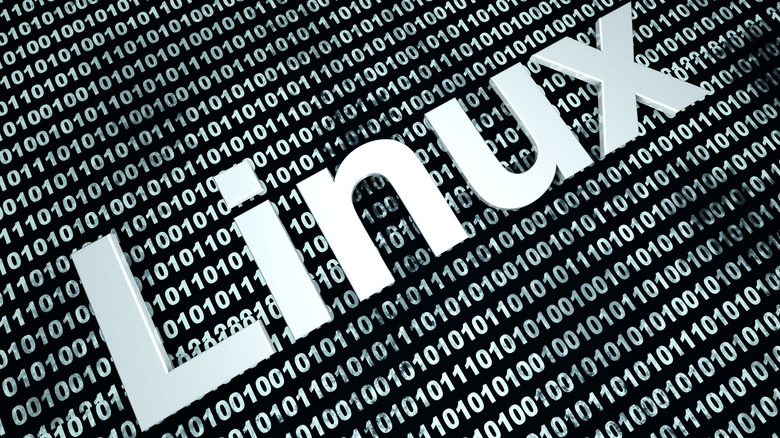You Can Install Linux On Your Old Nintendo Wii (But You Probably Shouldn't)
A PC's operating system, when you drill right down to the nuts and bolts, is just a way of getting the user access to their desired functions. Whether it runs macOS, iOS, Windows, Android, or something else, a given device will use whichever system the creator happened to pick for it. It will, generally speaking, go through a wide range of iterations throughout its life, in the name of usability, security, future-proofing, and so on.
More advanced users have the knowledge to migrate an OS to another hard drive, or to replace a given one with a relatively obscure one such as Linux's Ubuntu, if it's their preference. Tinkerers find that a lot of systems are surprisingly forgiving when it comes to such experimentation, a line of thought that has actually led to the installation of Linux on the Nintendo Wii.
The console, which was released in the United States in 2006, was home to an excellent library of games. It's certainly feasible that users may want to keep their Wii hooked up to this day in order to continue to enjoy them, almost two decades later. Installing Linux on it, however, is a little more difficult to explain away. It's amazing to behold, it's not particularly functional, and it certainly isn't worth the effort, but it's still amazing nonetheless.
Linux: Nintendo Wii edition
Nintendo continues to surprise fans with its stable of unique IPs and experiences. Those fans, by the same token, continue to surprise Nintendo right back by using their systems in all kinds of absurd and unexpected ways. You may not have known that a Nintendo 64 controller can be used with Nintendo Switch, but it absolutely can. It's probably never occurred to you to try and get Linux running on a Nintendo Wii, but this is also possible.
YouTube's Michael MJD ran interested parties through the process in a video released in February 2023. The YouTuber stated that Homebrew enables the whole thing to work (as is the case with so many Wii DIY projects), with an SD card, BootMii, and the Wii Homebrew Channel being crucial prerequisites. Michael MJD then shared VMHoss' GBATemps guide to getting XWhiite0.2 Wii Linux up and running on the system.
The two zip files provided are .7z files, for Wii Linux and its apps, which are transferred from a PC to the Wii via the USB and SD slot respectively. From there, a handy White Linux installer will be available from the Homebrew Channel's app menu. Answering various popup menus in the affirmative, replacing the SD card in the PC (and returning it in the Wii), and acquiring the .elf file provided to replace the existing one are the important steps.
How does Wii Linux perform?
VMHoss then shares the login details required to access XFCE, via Debian 4, followed by the details required in the code of the Terminal window. As noted in the tutorial, the Wii's use as a Linux machine is limited by compatibility and the age of the tech (88MB RAM is the furthest thing from stellar), which means that there's almost guaranteed to be a far more efficient alternative to using it in this way.
As Michael MJD demonstrates, though, the full OS is available and displays correctly (unlike their previous adventure to install macOS on Nintendo's classic console). The issue is that a feature that would be completely taken for granted today, such as using the web browser, was a long and convoluted exercise in fiddling with the Iceweasel (Firefox derivative) browser, tar commands, and changing directories.
Workable, yes. Is there actually a reason to do such a thing in 2023 and beyond? Other than entertainment or other geeky bragging rights, probably not.

